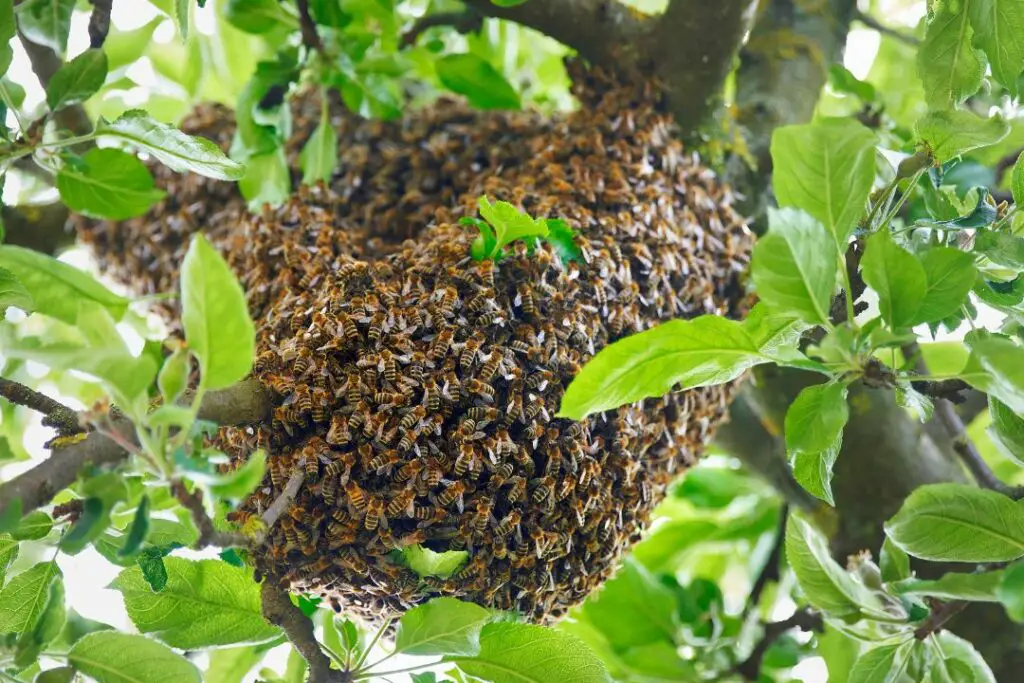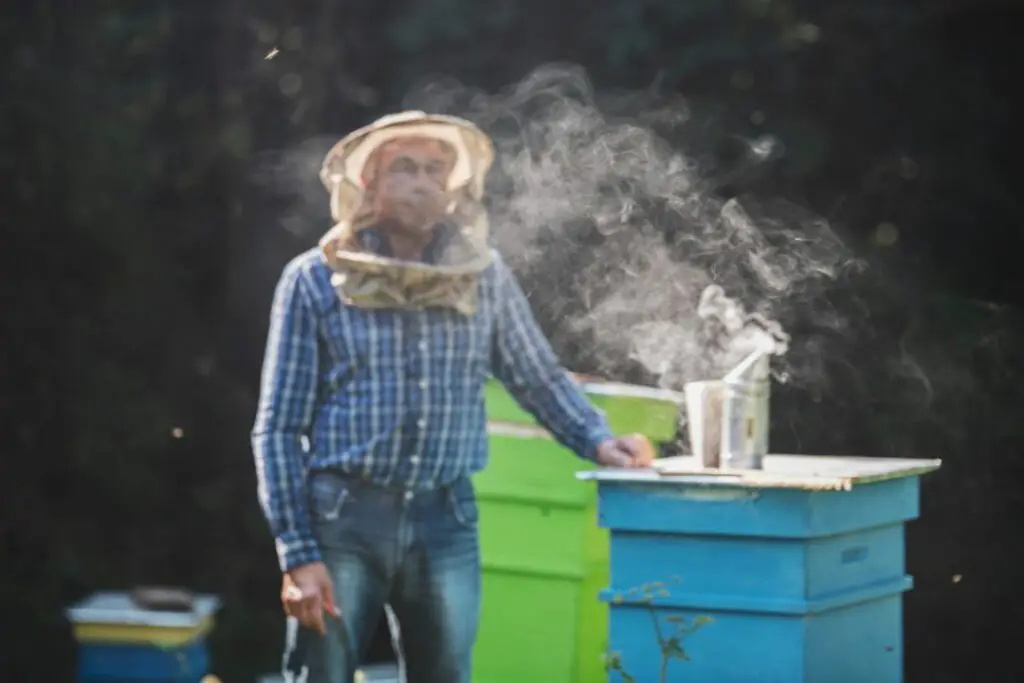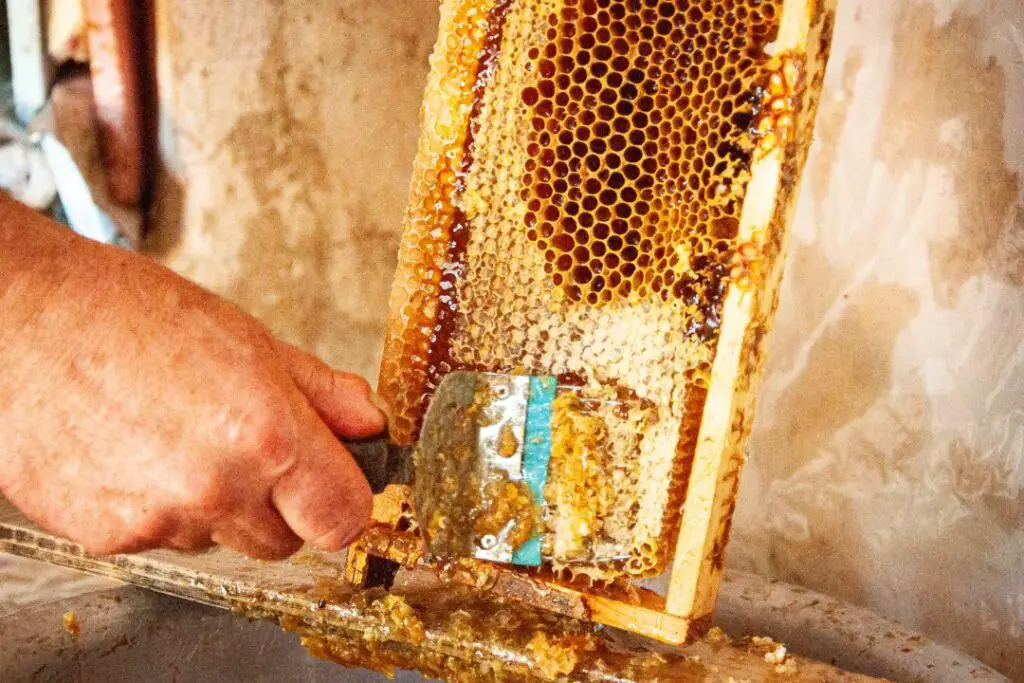Last updated on September 21st, 2023 at 11:44 am
Attracting a swarm of bees to your new hive is easier said than done.
But large honey bee swarms are looking for a new home every spring.
Let’s look at some surefire tips to ensure a successful swarm season.
What Is A Bee Swarm?
Swarming is natural behaviour amongst honey bees when they reproduce and establish new colonies.
It happens when a large group of bees and their queen leave the original hive and form a cluster or ball-like structure on a temporary location like a tree branch or fence.
Scout bees are then sent out from the swarm to search for suitable sites to establish a new hive.
Once a suitable location is found, the swarm will move collectively.
This process allows honey bees to create a new colony while leaving the original hive with a new queen.
Bee swarms can be fascinating and sometimes intimidating, with thousands of bees clustering.
But you’ll be pleased to hear they’re generally not aggressive or dangerous when left undisturbed.
Swarming is vital in honey bees’ natural life cycle and helps colonies multiply and thrive.
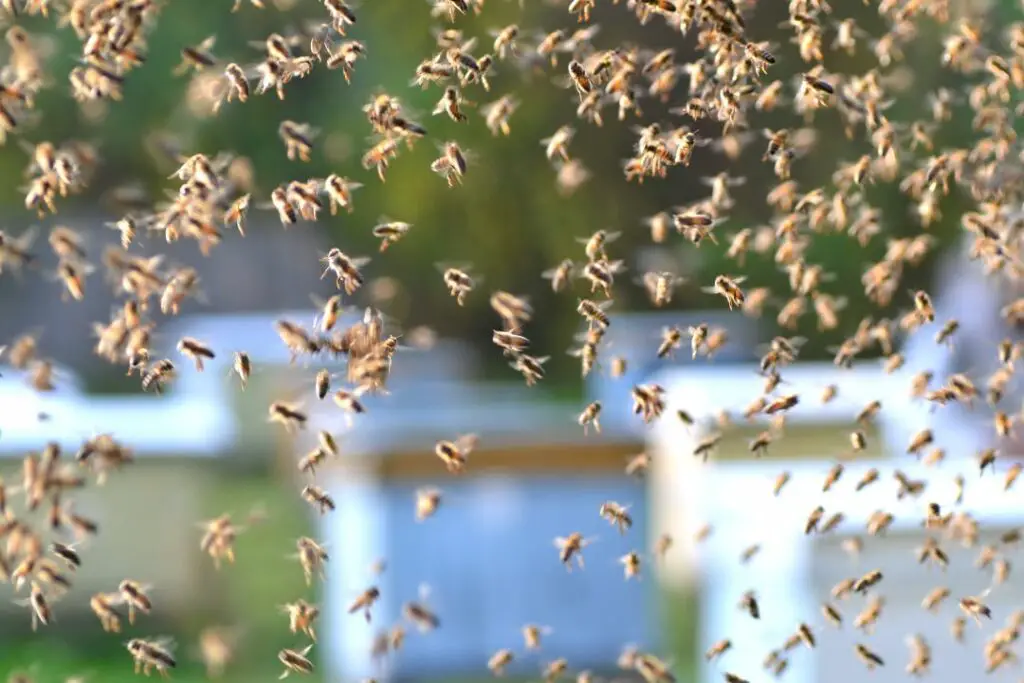
What Time Of Year Do Bees Start Swarming?
Bees start swarming during the spring season, particularly between April and June.
The exact timing can vary depending on geographic location, climate, availability of food sources, and the colony’s strength.
Warmer temperatures and abundant blooming flowers during the spring stimulate the colony’s growth and reproduction instincts.
As the hive or nest becomes too crowded, the bees prepare to swarm by producing new queen bees.
Additional Reading
Don’t miss our in-depth look at the mechanics of bee reproduction why bees swarm?
How Do You Attract A Swarm To Your New Hive?
Now that we’ve covered the basics of what a swarm is and when it happens, let’s look at how you can tempt your winged friends into an empty hive.
We’ve detailed our best tips and advice to help give you the utmost chance of attracting a colony searching for a new home.
Provide an Appealing Hive
Often referred to as a trap hive or swarm box, this is just an empty hive you’ve set up to attract scouts and, eventually, worker bees and the queen.
Ensure your hive is clean, in good condition, and ready for occupancy.
Place the bait hive in a location with good visibility and near a known bee flight path, such as near flowering plants or existing beehives.
Find a suitable location taking into account access to pollen and nectar, positioning of the sun and proximity to a water source.
Position it at a height of around 1.5 to 3 meters (5 to 10 feet) to simulate a natural nesting site.
You can use an old comb previously used to lay eggs in your bee hive to attract scout bees.
The dark comb associated with larvae means less work for the new inhabitants, who can seal cracks and avoid starting from scratch.
Using Swarm Lures
Swarm lures are scented attractants that mimic the pheromones bees release during swarming.
Apply a small amount of swarm lure or attractant to the inside walls of the hive or a piece of absorbent material placed near the entrance.
Some common swarm lures include lemongrass oil, bee pheromone attractants, or commercially available swarm lure products.
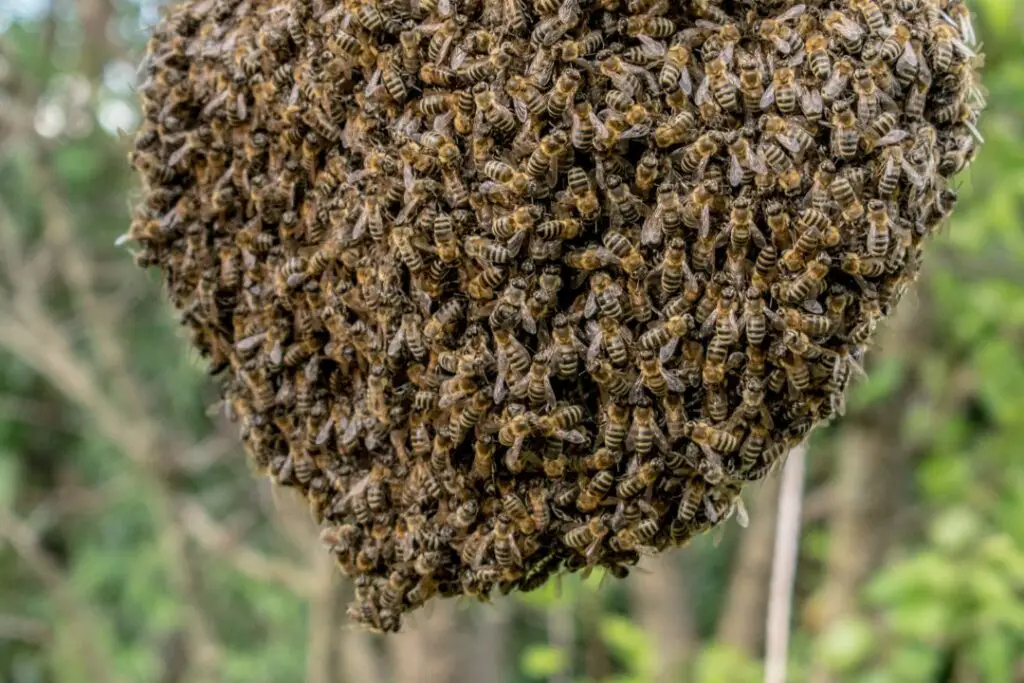
Grow Plenty Of Flowers
Just like us, bee’s way up the local area before they decide whether or not to move in.
Enhance the attractiveness of your beekeeping area by providing a wide range of flowers rich in pollen and nectar.
Install bee-friendly features like hollow logs, bee condos, or nesting boxes with various hole sizes to attract solitary bees and potentially attract scout bees searching for suitable locations.
Don’t Be Afraid To Ask For Help
Ask local beekeepers, beekeeping associations and their community members for help and advice.
Attend beekeeping association meetings or join online forums to connect with experienced beekeepers who may be aware of swarms in your area.
Network and establish connections within the beekeeping community to increase your chances of receiving swarm notifications.
Be Patient and Observant
Swarming is a natural process; it can take time for a swarm to find and occupy your hive.
Regularly check your bait hive or catching box for signs of swarm activity, such as bees inspecting or entering the pack.
Be vigilant during the swarming season and watch for swarms in trees, buildings, or other locations nearby.
Contact local beekeepers or bee removal services if you spot a swarm that needs to be safely captured and relocated.
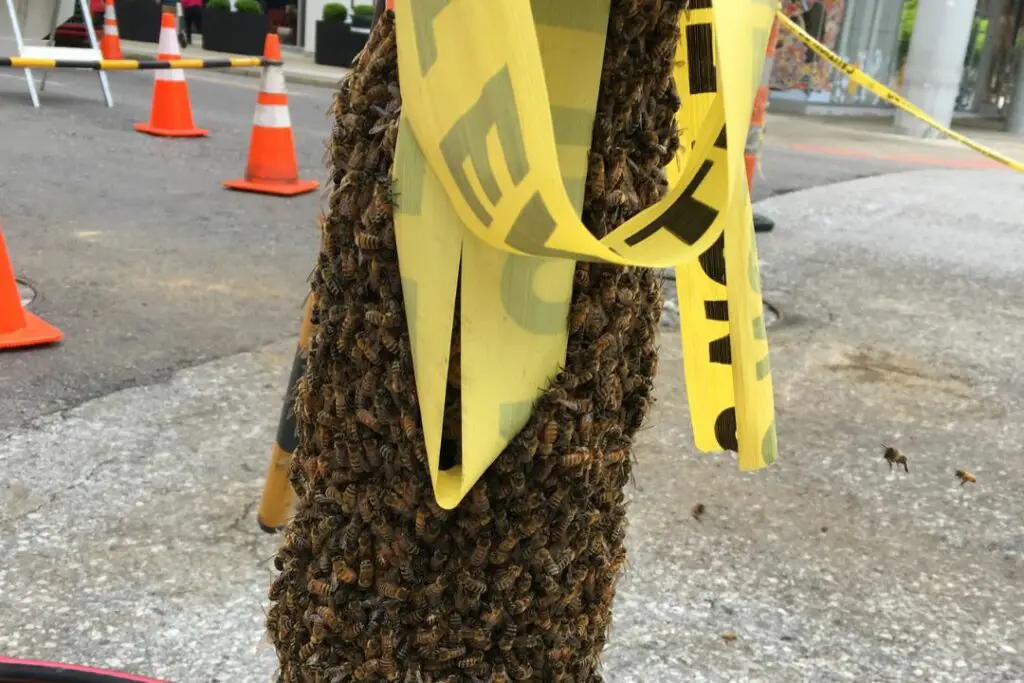
Conclusion
Remember, attracting swarms requires patience and a bit of luck.
Keep your hives prepared, employ attractive measures, and be observant.
With time, you may welcome a new swarm of bees to your hive, kick-starting your beekeeping journey.

